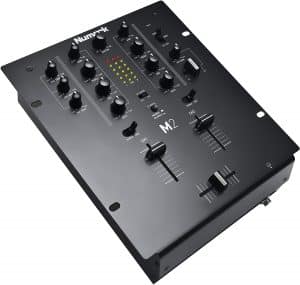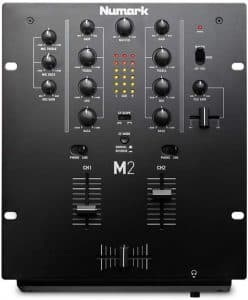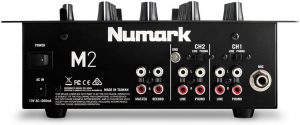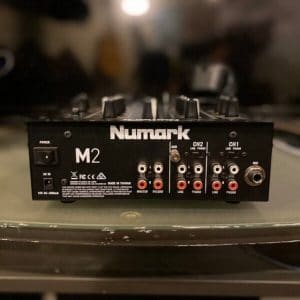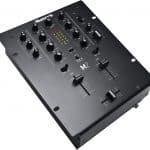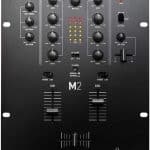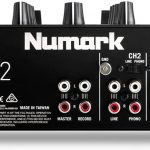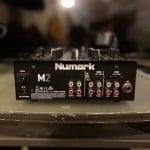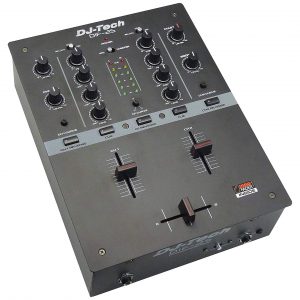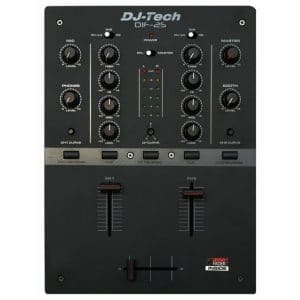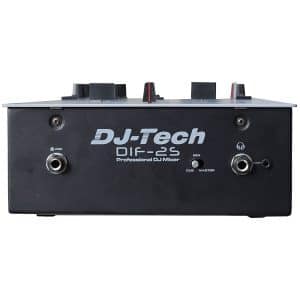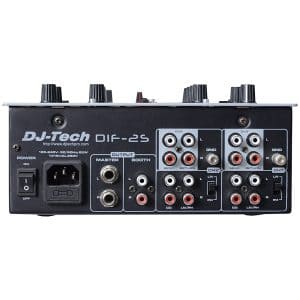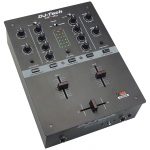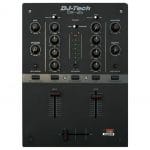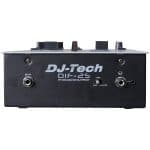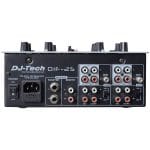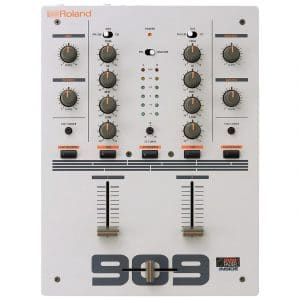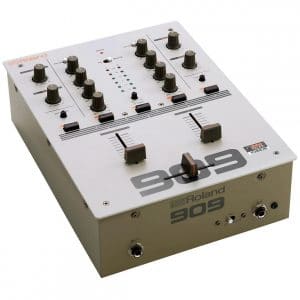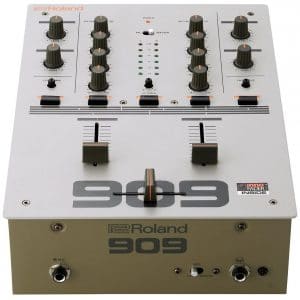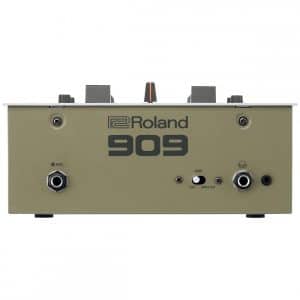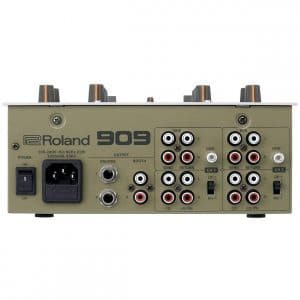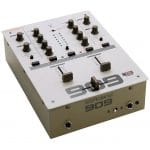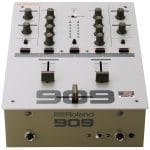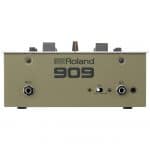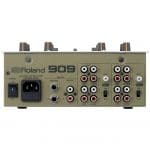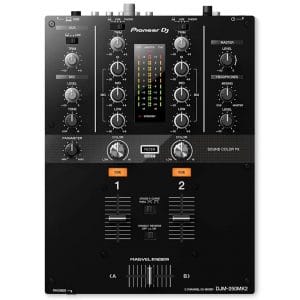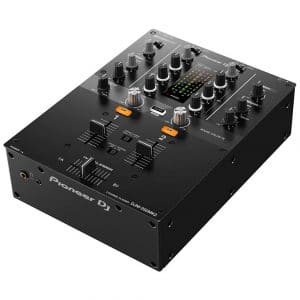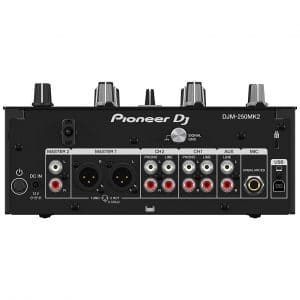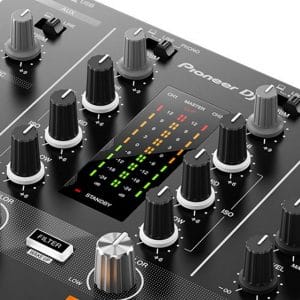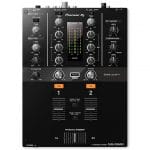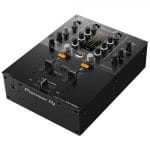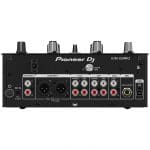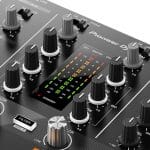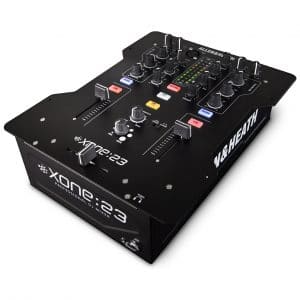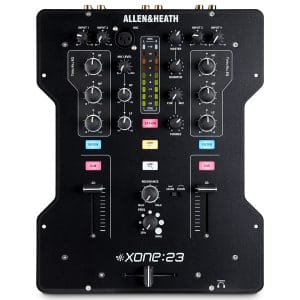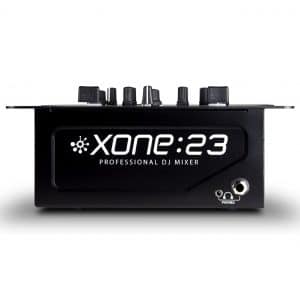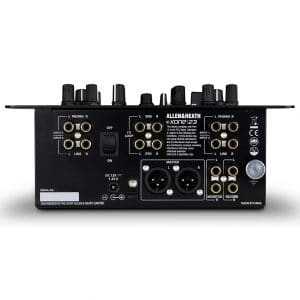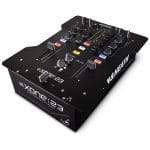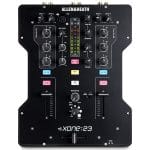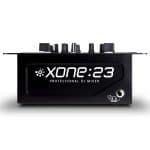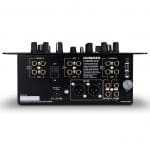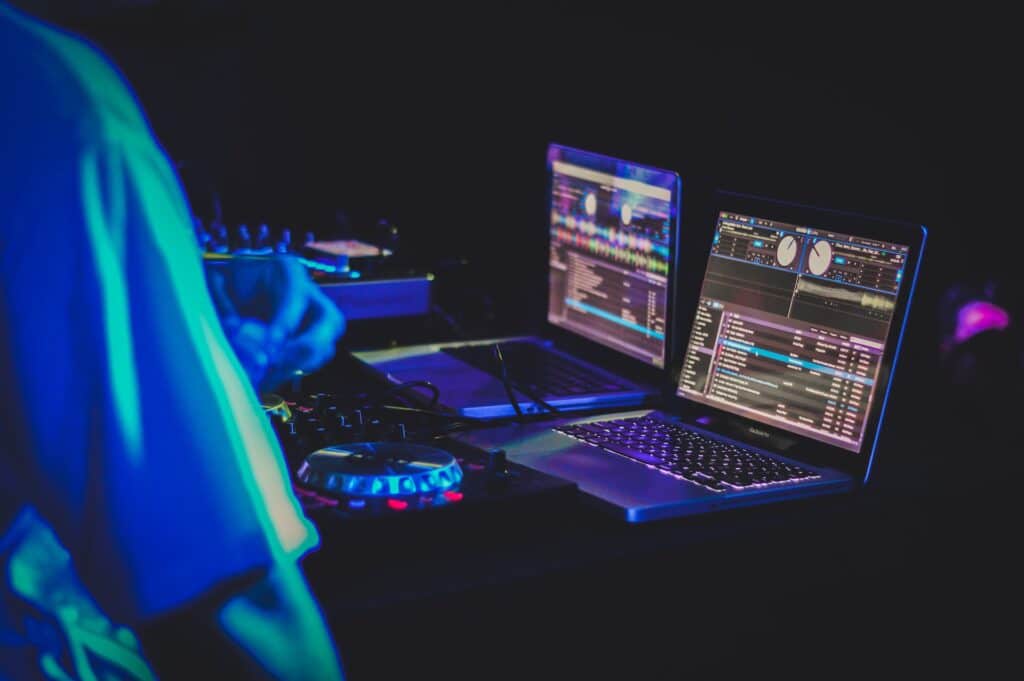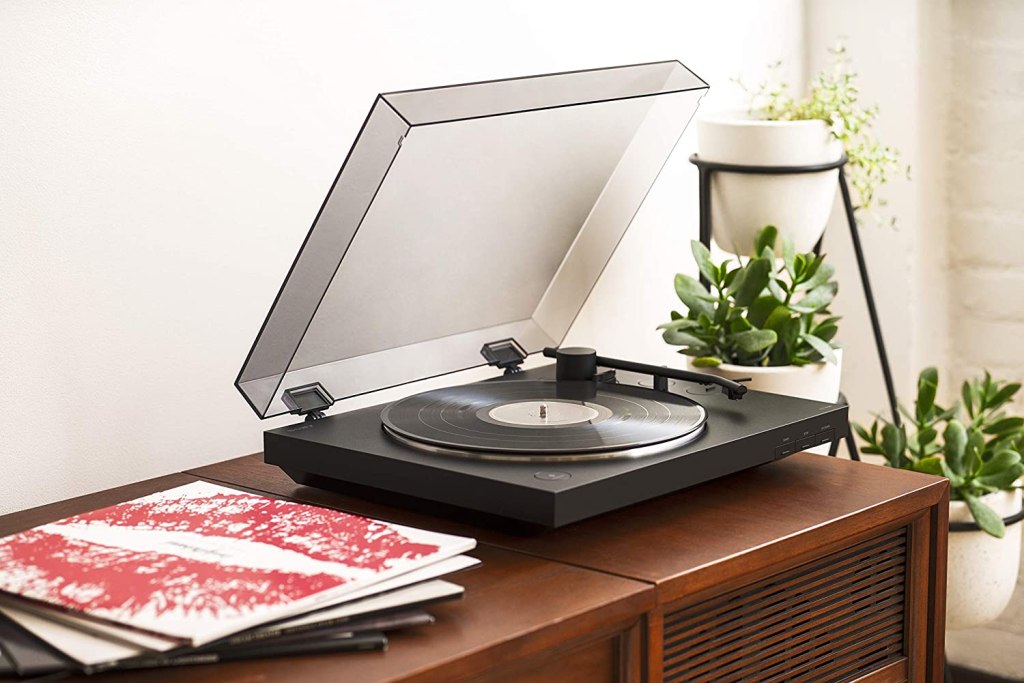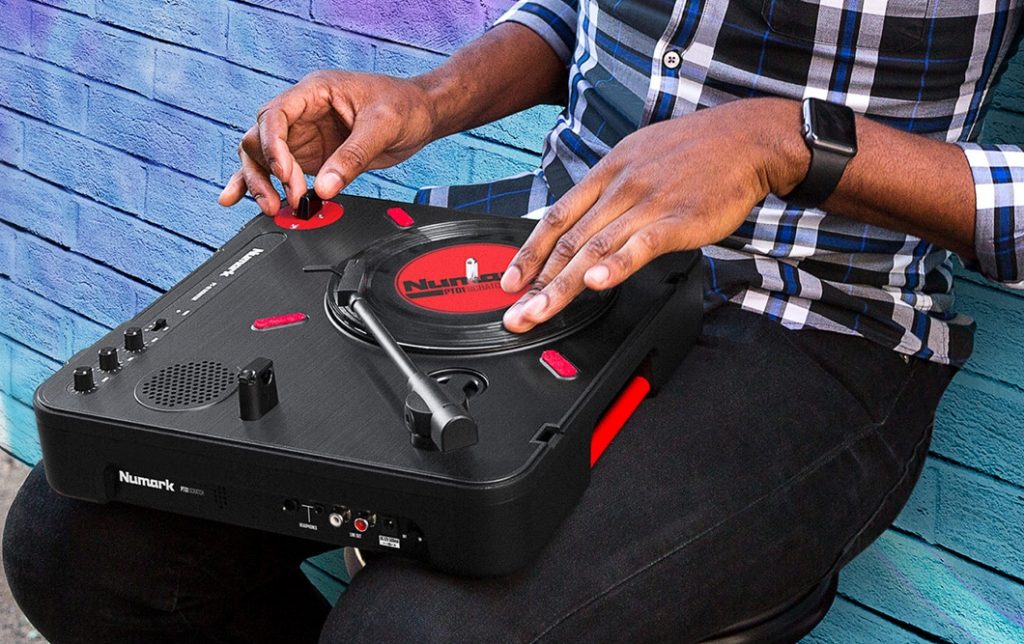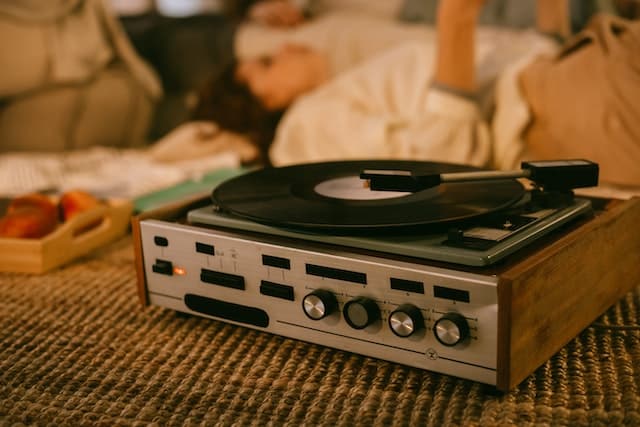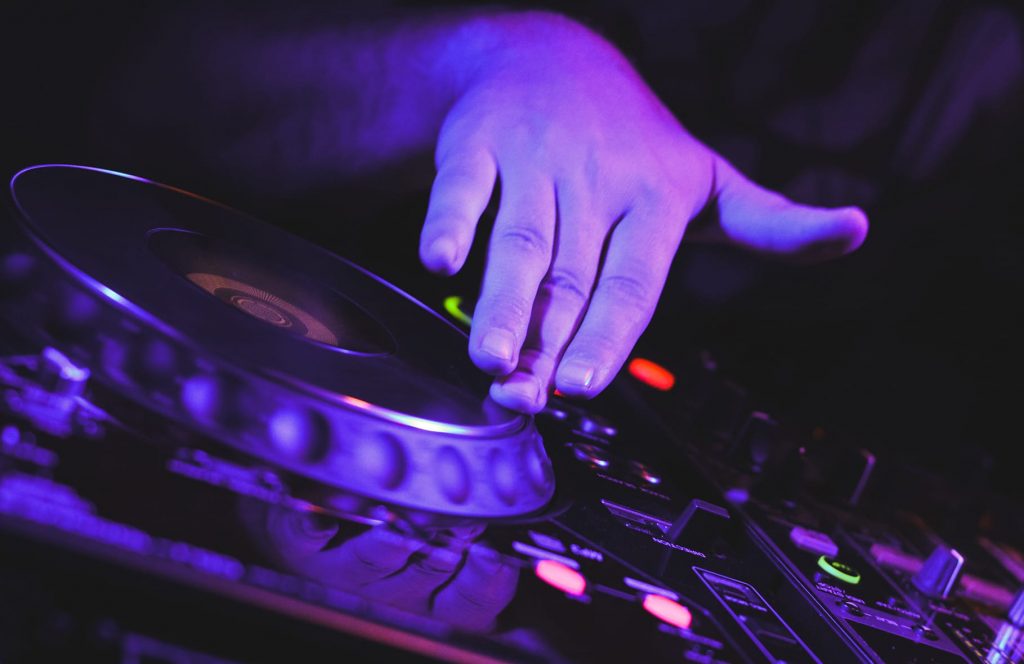Features to consider when buying a DJ mixer for beginners
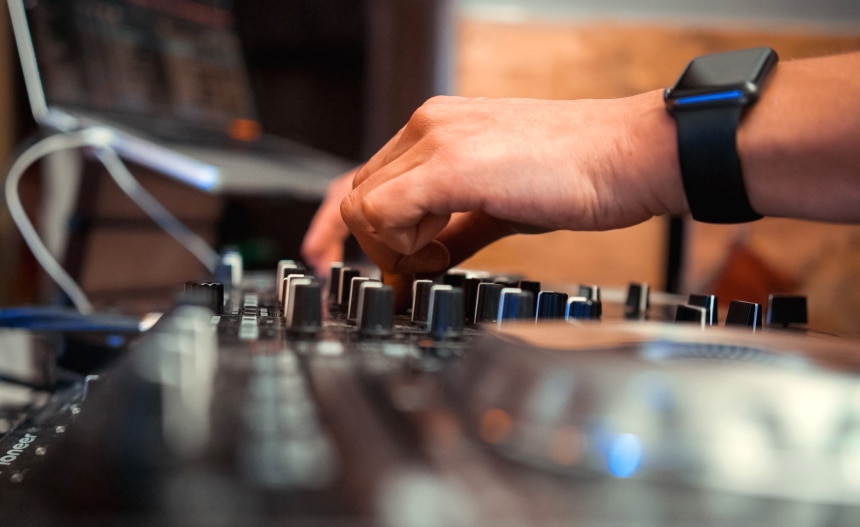
The following are the ideal features to consider when you are looking to buy a DJ mixer as a beginner. They’re the important aspects of DJ mixers, and the features we’ve considered as we created our reviews. You may not understand all of them to start with, so we’re explaining them in as much detail as possible.
Build quality
The build quality is a huge feature, but not a musical one! This boils down to how well-made the product is. Has it been designed with a hard shell case? You will want to keep all of your DJ gear within a hard flight case to give a good level of protection, but this doesn’t necessarily mean that you can buy any cheap or flimsy mixer and it will still be as good.
Actually, it is vital that you find a DJ mixer that can stand up to the rigors of touring or at least taking out and about.
Some people have mixers that have been dropped, thrown about and had stuff dropped on them, but still work. High build-quality is essential. The Allen & Heath XONE:23 is an example of this brilliant construction.
Build quality doesn’t just relate to how hard-wearing the overall unit is, either. The connections need to be reliable and well-made so that they don’t break and need replacing during use, or after just a few months of DJing.
Software and system requirements
Some DJ mixers work better with specific types of software. You don’t have to use any software. DJ mixers for beginners do not necessarily need to be hooked up to computers, however a lot of them have USB inputs. The Pioneer DJM250MK2 is an example of a product that can be connected to computers, and you can use a library of music or you can record your mix onto a hard drive, for example. You need to check that the software you are using supports the DJ mixer, and vice versa.
Inputs
The inputs are the audio sources that you will be mixing, that’s why they call it a mixer, after all. All of the DJ mixers on the list have at least two inputs. For most people, this means two turntables that they will use, either for scratching or just tempo matching and mixing together. For double the number of inputs, you can go for Allen & Heath XONE:23. You can use these other inputs for whatever sources of audio you please, you could even make it so that your guests at a party can use their MP3 player if you wanted to.
For most beginners, two inputs should be fine, but they might want a microphone input, too, which deserves its own headline as it is an important feature.
Mic inputs
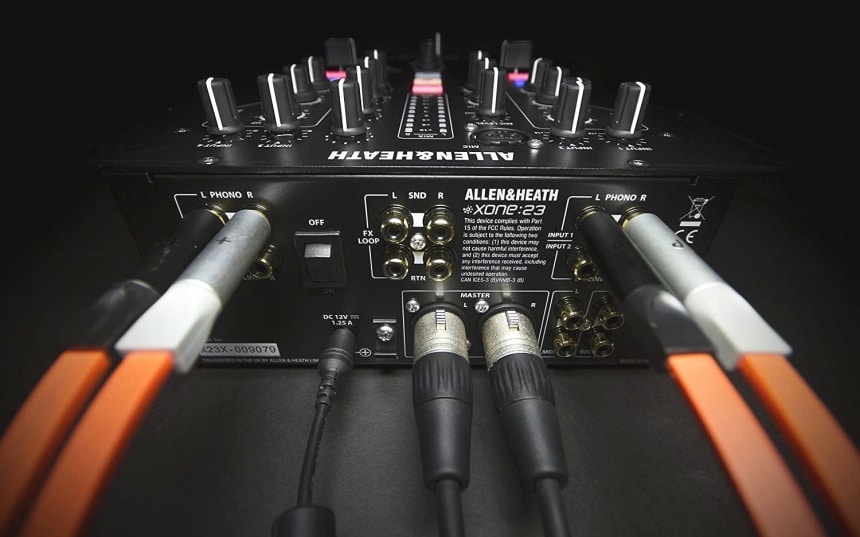
If you just want to match beats and create long DJ mixes with songs blending into one another then you might not need to worry about mic inputs as you won’t want to record your voice. However, a microphone input is vital in order to become an MC, or if you are going to DJ at parties where you need to make announcements, for instance.
Most microphone inputs are either XLR inputs or ¼ inch inputs to allow you to connect a simple dynamic microphone. A mic gain control allows you to change the volume over the tracks that are playing. Our editor’s choice, the Numark M2, has a ¼ inch input for microphones.
Channel EQs
EQ allows you to do some creative things with the sound and the way you blend the two mixes together, it also means that you can edit the sounds during the performance and perform “sweeps” and other interesting variations within your mix.
EQ allows you to control the different frequencies of the music. For instance, you could boost the bass or boost the treble. In some genres, this might be a good way to mix things together.
For example, you could take the kick drum from one track and synchronize it with the mids and treble from another. This takes a lot of skill, but can be a fun effect.
Level meters
Most audio hardware that is to do with controlling audio inputs and outputs will have some sort of level meter. This allows you to check the volumes. This is designed to stop overloading the speakers and to avoid clipping or peaking. All five of the models on our list have level meters for the inputs. The green, orange and red system means that when it gets to the red there is likely to be distortion, and this should be avoided. Level meters should be bright and easy to see even on a dark stage to ensure that you know when the audio is getting dangerously loud.
Gain controls
Gain controls tie closely to the level meters, as they are what you can use to turn up and down the volume of the inputs to ensure that the volumes are similar all the way through and that there is no distortion. It is important that you have some control over this volume, not all songs are the same in terms of their volume and you might need to alter the gain. If you don’t keep the volumes pretty close together then it might be noticeable in your mix, and it doesn’t sound very professional. This is one of the first things to master as a DJ.
Outputs
Outputs are to do with where you want to send the audio once it has been mixed. It is normally the case that this is sent to either a PA system or directly to speakers, but you may also want a stage monitor and some other outputs. Most DJs use headphones as this allows them to hear what is going on with both tracks even if the audience can’t, so all of the DJ mixers on our list include some sort of headphone output, this is not counted as one of the main outputs, however.
BPM counters, FX, sampler
These are all features that can potentially help to give people more options and more control over their DJing, but they aren’t included with all of the basic DJ mixers. This is usually okay, the basic mixers are still a good way to start to learn how to play, even if they do not have the advanced features.
A sampler is a way to loop a small section of music, for example, you could loop the drums from one track and then introduce the next song, or you could even trigger samples throughout a track.
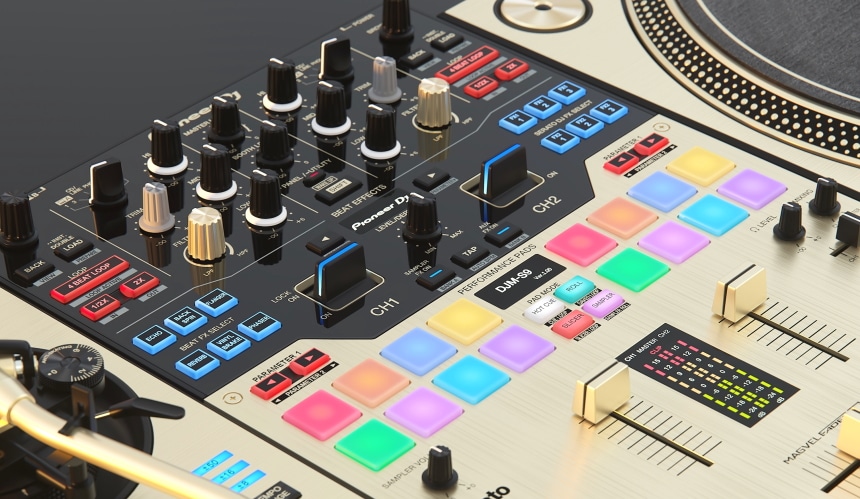
The FX (or effects) loop is a way to connect to effects such as reverb, chorus or distortion, DJs can use these to liven up performances and add their own personal touch on top of their mix.
A BPM counter helps to establish the beats per minutes of the track, most genres of music have their own rough BPM that they stick to (more or less) but matching up and beat syncing is one of the main skills of a DJ and this can make it a lot easier.
Dimensions and weight
Naturally, this is a very important feature when it comes to choosing the best mixer, the dimensions and weight are important for working out how portable your setup is. If you want it to be as small as possible, go for a compact DJ mixer such as the DJ Tech DIF-2S, but realistically, most of the DJ mixers sort of copy each other. They end up all having pretty similar sizes.
Most of the products weigh around 10lbs, or slightly above, or in some cases, less. The Allen & Heath XONE:23 is actually the lightest product on our list as it is just 6lbs.
Extra features
Most of the features you are likely to see have been explained above, though in some cases you may see some extras, such as specific filters, cross fades, and even buttons to automatically detect the tempo or let you tap the tempo. Some mixers may also be sold as a bundle, including things like a case, the turntables on either side and even accessories like microphones.






